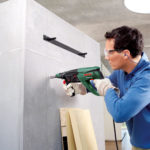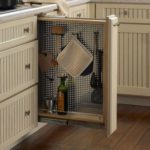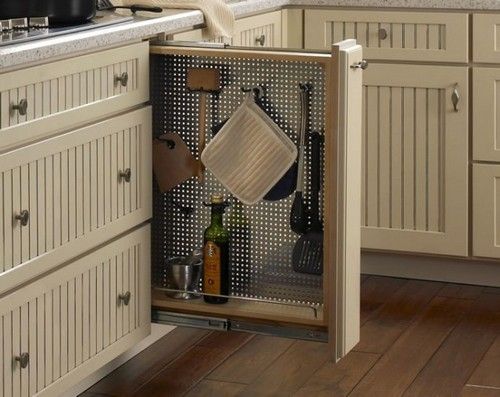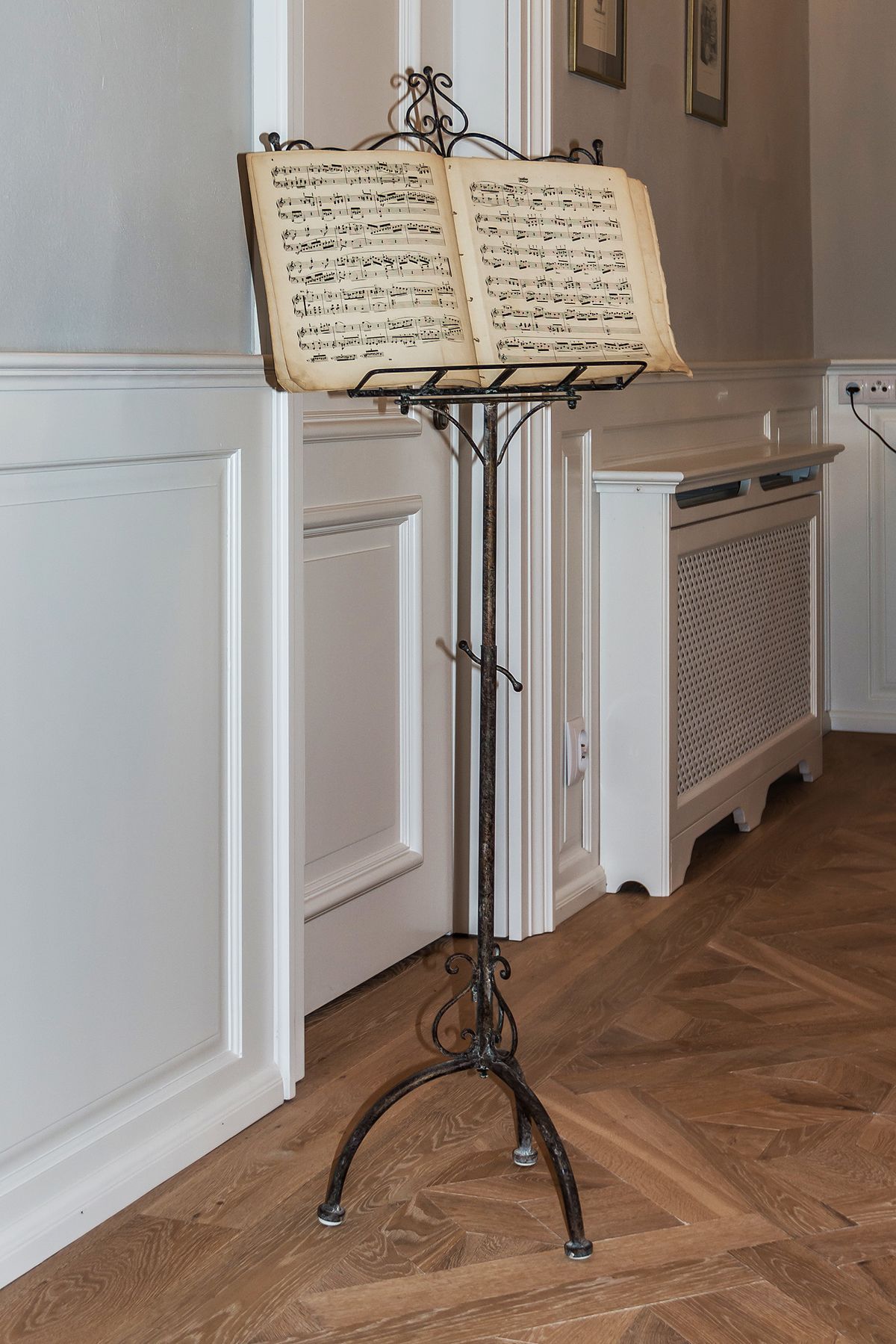How to hang a shelf on the wall
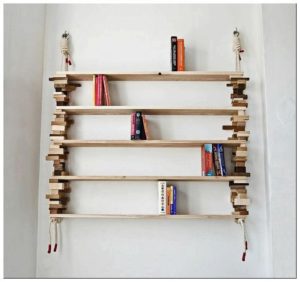 After repairs, there is always a need to fix all the decorative elements in their places. When performing this procedure, the problem often arises of how to fix the shelf to the wall in such a way that it looks attractive, harmoniously matches the design, and at the same time is safe and conveniently located. This problem occurs due to walls made of different materials, and before attaching a shelf, you need to know certain nuances.
After repairs, there is always a need to fix all the decorative elements in their places. When performing this procedure, the problem often arises of how to fix the shelf to the wall in such a way that it looks attractive, harmoniously matches the design, and at the same time is safe and conveniently located. This problem occurs due to walls made of different materials, and before attaching a shelf, you need to know certain nuances.
The content of the article
How to hang a shelf on the wall
During fastening, the type of fastener itself is very important. Once you get acquainted with the mounting methods, you can easily select the required option:
- Invisible fastener. Using this method, you can hide the fasteners, and the structure on the wall will look light and elegant. It is best that the wall is made of concrete or brick. It is not recommended to use this fastener for walls covered with plasterboard.
- Brackets. In this case, it will not be possible to hide all the elements; they will be noticeable. To save money, you can buy steel or plastic corners. If you need to give your shelf an attractive appearance, choose decorative fasteners, but always in pairs. One nuance needs to be taken into account - the brackets may not fit every interior.
- Loops.This is the most popular method - simple, practical, quick to implement, and at the same time can fit into any design. The manufacturing features of the hinges allow for different loads on the shelf. Not all types of these fasteners can be secured in practice with your own hands. In certain cases, you need to contact professionals.
- Glass holders. These fasteners have rubber seals that protect the surface at the fastening site. Shelf holders come in different designs; there are models with Velcro that look beautiful. They are fixed at the bottom, and a support is placed at the top.
Attention! A corner kitchen will look especially good when choosing glass holders for mounting.
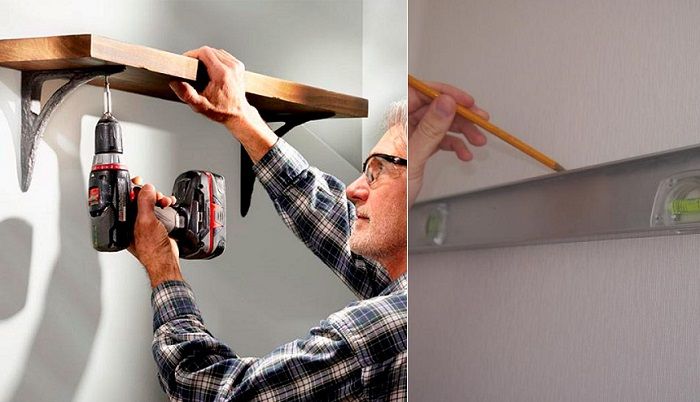
Tools and materials
For fastening you will need:
- electric drill;
- level;
- screwdriver;
- perforator;
- self-tapping screws;
- anchor;
- glue;
- jigsaw;
- drill;
- set of fasteners;
- wrench;
- hammer;
- marker.
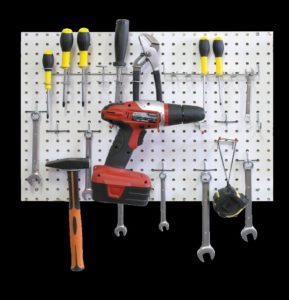
What should the wall be like?
When choosing a fastening option, it is necessary to take into account not only its attractive appearance, but also the method of fixation to the wall, which can be made of various building materials:
- Concrete walls are characterized by strength. Therefore, it is almost impossible to attach a self-tapping screw to this wall. You must first try to make the hole.
- Today, drywall is often used for finishing. Butterfly anchors are used for this material.
- If the walls are made of wood, then fixing the shelf will not cause problems. The only difficulty may be finding a place to make the hole. Afterwards, the shelf must be brought to the marked points and tightened with self-tapping screws.To fix the product to a wooden surface, you do not need to buy additional tools; the self-tapping screw can be screwed in with a regular screwdriver.
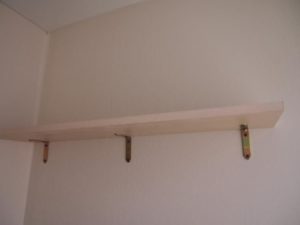
Hang a shelf on the wall: step-by-step instructions
Before you start drilling walls, you need to make sure that there are no electrical cables in the work area. There are devices for detecting hidden electrical wiring.
Mounting instructions:
- First of all, you need to accurately determine the location of the fastener, taking into account your interior. Shelves for books may differ in width from the same products for plants. Select a shelf of the required length and lean it against the wall in the area of intended fastening. Set it horizontally using a level and draw a line along the bottom.
- Before drilling tiles, you need to check whether it is possible to secure the product by making a hole between adjacent slabs. This way the tile will remain intact and you can be sure that the stand is fixed clearly horizontally. If you still need to drill a hole in the tile, then you need to mark the attachment point on masking tape glued crosswise to the surface. This will make it possible to avoid the hammer drill from slipping. You need to drill a little larger than the size of the dowel, since it must be completely recessed into the wall. With this installation of the dowel, the tile will not crack when screwing in the screw.
- The weight of the stand should be distributed over several fasteners installed in the wall using self-tapping screws. The distance between the fasteners should not be very large so that the product does not hang down in the center. The number of fastenings will depend on the load being installed on the stand. For products made of fiberboard with a thickness of 15 mm, it is best to choose a pitch between fasteners of about 55 cm.For MDF models, it is advisable to choose a distance between fasteners of approximately 65 cm.
- Place the fastener against the wall so that the top is in the same position as the line that was drawn with a marker. Mark one hole, make sure it's vertical, then mark the remaining holes. In the same way, you need to mark the holes for other fasteners.
- When making holes, you need to use the type of drill that is required for the material from which the wall is constructed. To fix fasteners with a small shoulder, choose 50x5 mm screws, for shelf holders with a long shoulder - 50x7 mm.
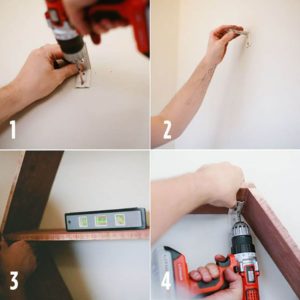
You need to approach the fastening of shelves very carefully, even if you have some installation skills with slats and fasteners, wooden or plaster walls. You should always carefully select fasteners and tools for fixation. You can hang the shelves yourself without any apparent difficulties, but if you don’t have any skills in attaching shelves, then it is advisable to seek help from an experienced craftsman. His services will be inexpensive, but they will be performed with high quality.

